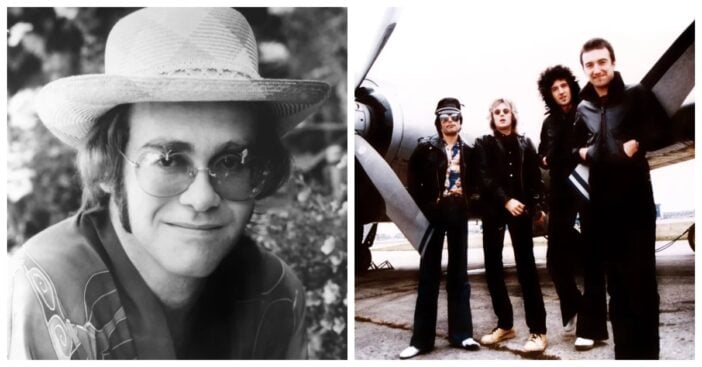
Fifty years after Queen first dazzled the world, “Bohemian Rhapsody “remains one of rock’s most unforgettable songs. The surviving members—Brian May and Roger Taylor—recently shared their reflections in an interview with Rolling Stone. Despite its global impact, the band admitted no one expected the song to reach such heights. Its unique structure, operatic sections, and nearly six-minute length made it a bold experiment for the late 1970s music scene.
Even Queen’s contemporaries doubted its potential. For example, Elton John, who was dating Queen’s manager John Reid at the time, famously predicted the track would never succeed because of its length, according to People. Nevertheless, the band pressed on. They recorded the song in three separate units and layered vocals to create its distinctive sound. For fans, the story behind “Bohemian Rhapsody” adds to the fascination of a song that has become a cultural landmark.
Creating the Madness Behind Bohemian Rhapsody
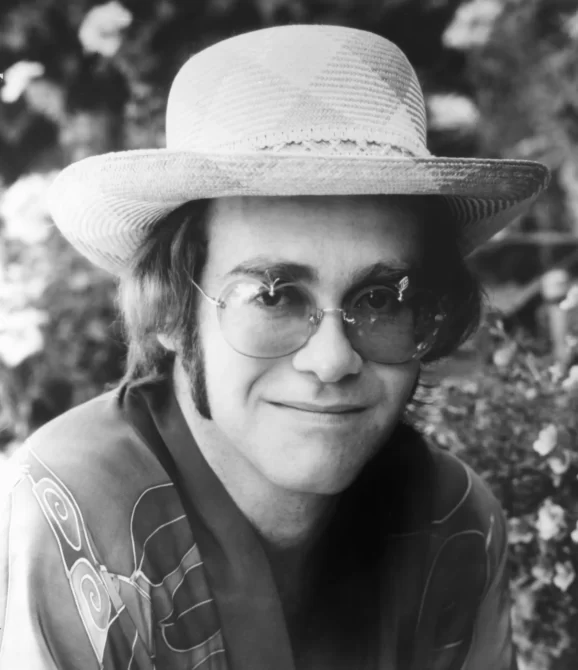
Recording “Bohemian Rhapsody” required creativity and persistence. Producer Roy Thomas Baker described the sessions as “complete madness.” The band tackled the beginning, middle, and end sections separately. Meanwhile, Freddie Mercury kept expanding the opera section, adding more “Galileos” and increasing the song’s theatrical scope. The group laughed through the challenges and built the layered sound that would define the track.
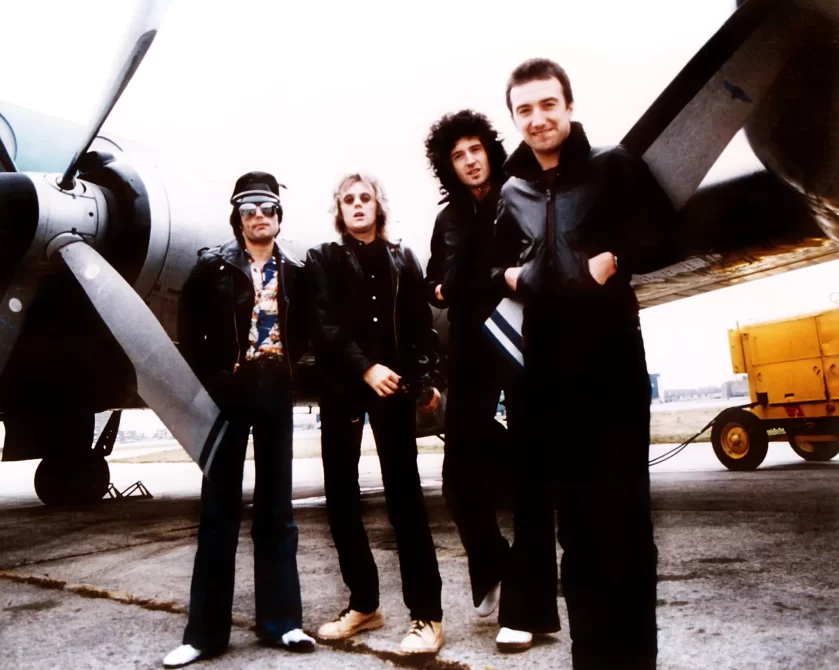
Additionally, the band faced debates over the song’s final length. John Deacon and others suggested trimming it, while assistant engineer Gary Langan remembered tension over the edits. In the end, Queen insisted on keeping it nearly six minutes. Their determination ensured that “Bohemian Rhapsody” became a daring, genre-defying classic that still resonates today.
The Enduring Legacy of Bohemian Rhapsody
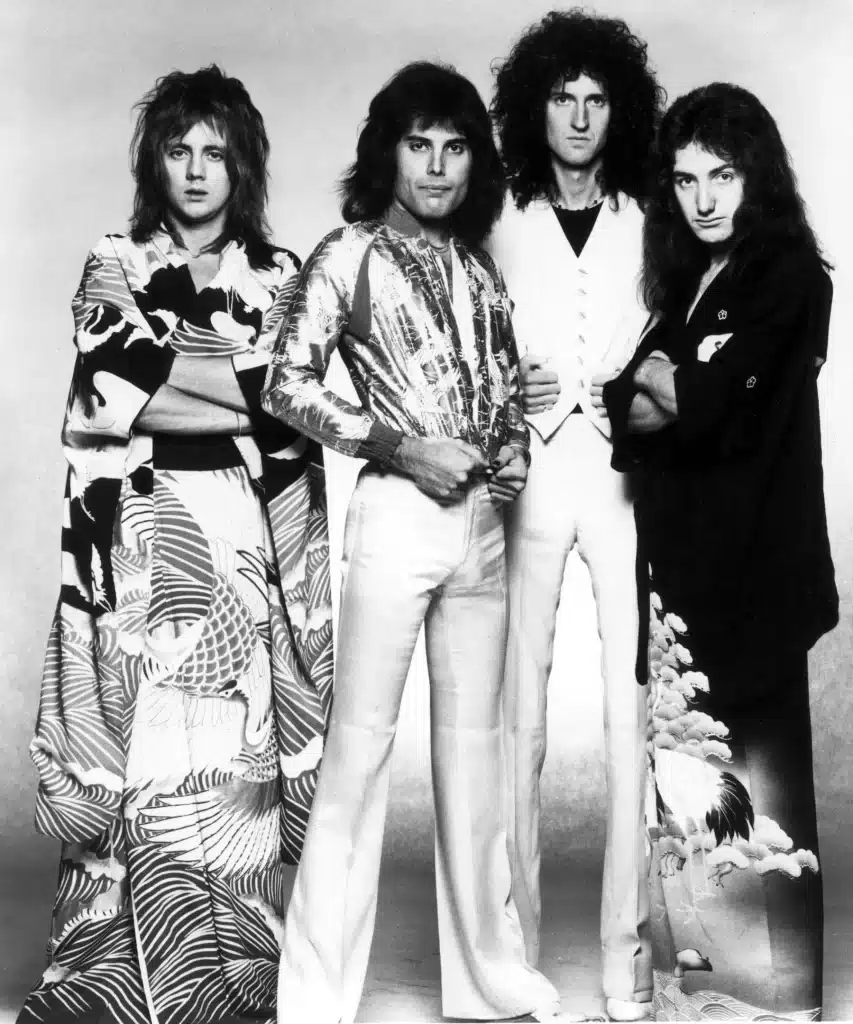
Looking back, May and Taylor expressed amazement at how Bohemian Rhapsody continues to captivate listeners. Its unconventional structure, intricate harmonies, and theatrical flair have inspired musicians and fans alike. Over decades, the song has become a cultural touchstone, appearing in films, television, and stage performances. Its success defied early predictions, proving that creativity and bold experimentation can triumph.
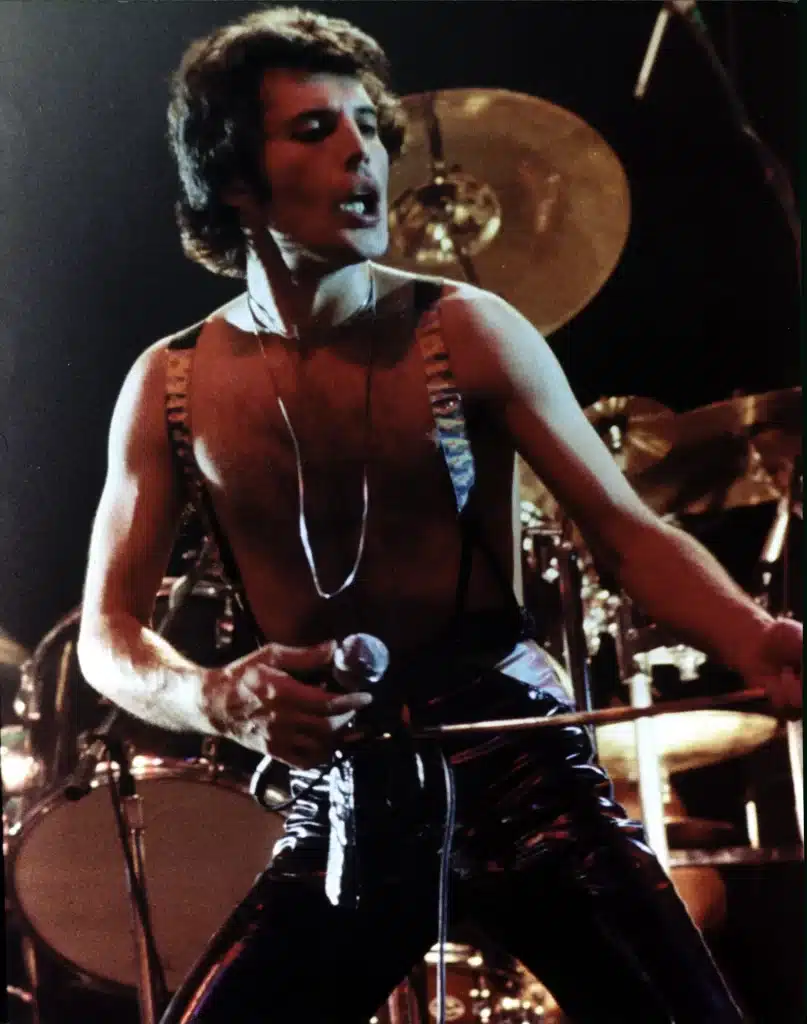
Moreover, the making of “Bohemian Rhapsody” highlights Queen’s collaborative spirit. From meticulous vocal layering to Mercury’s operatic ambitions, the band’s dedication created a piece of music history. Fifty years later, the song still resonates, a testament to Queen’s vision and the timeless appeal of taking artistic risks.
